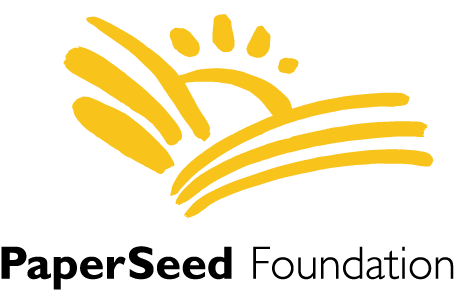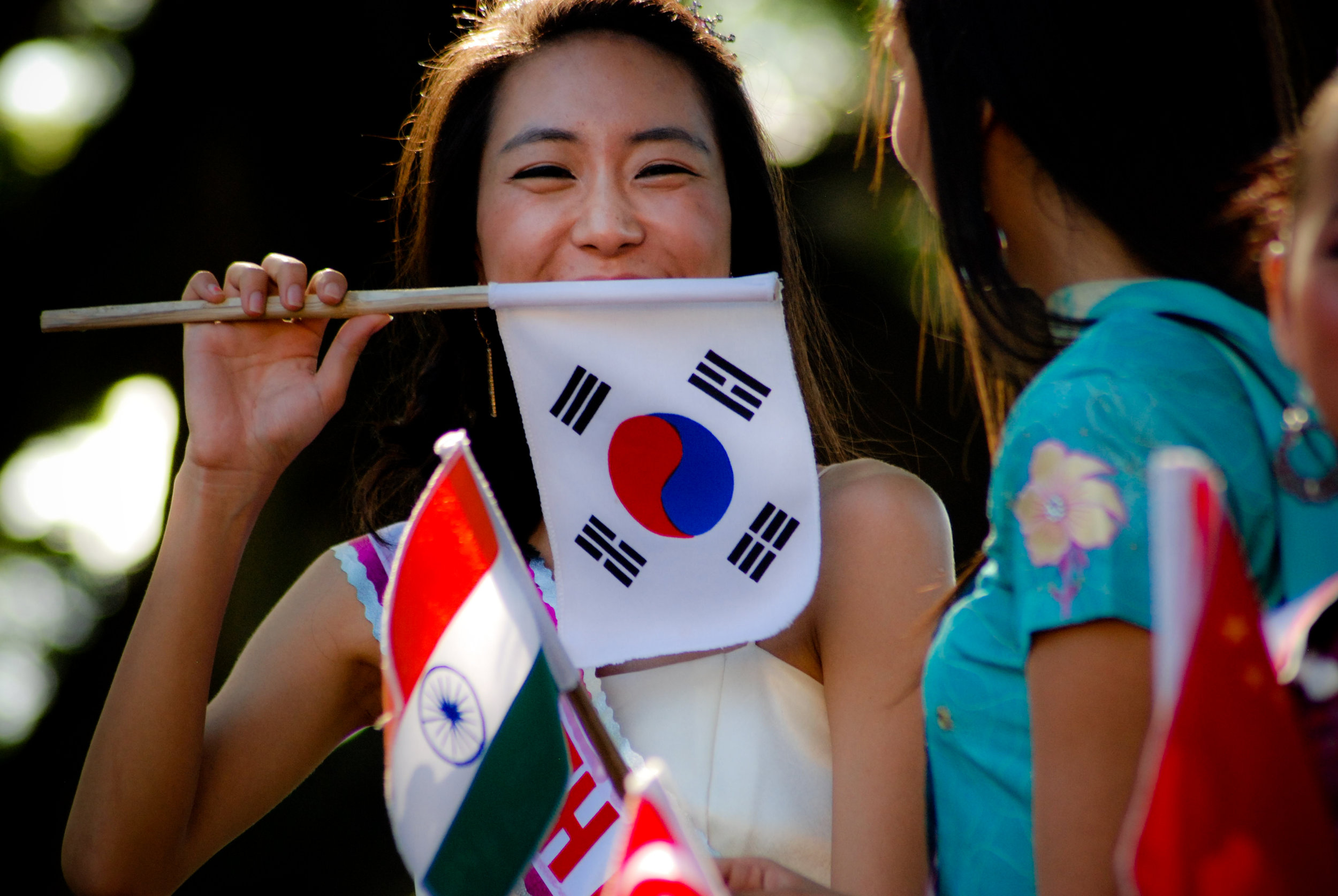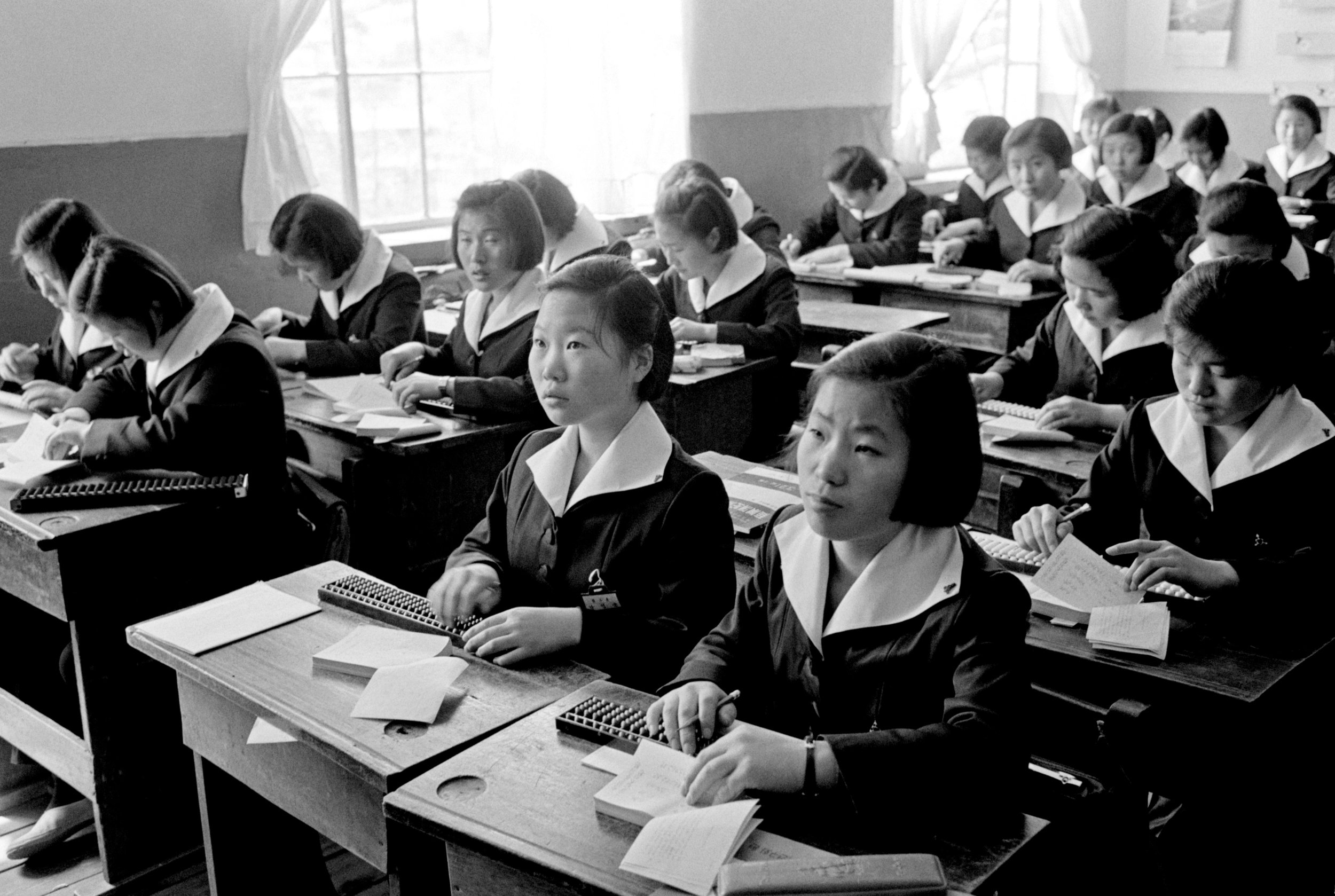Can We Replicate South Korea's Successful Education System?
/Image courtesy of Reuel Mark Delez, via flickr
PaperSeed’s “What’s Working in Education” series spotlights different countries around the world to look at the unique things that contribute to higher student learning outcomes. While no approach is perfect, we are hoping to identify some common practices that can and perhaps should be applied to schools in countries with lower student achievement.
This week, we are taking a closer look at South Korea, a country which boasts one of the most highly educated and skilled work forces in the world[1]. Many argue that South Korea’s robust economy (the 12th largest in the world[2]) is a result of the high value placed on education, and the salary returns students see on their investments in higher education[3]. Though South Korea’s overall PISA scores have dipped in recent years, they have been in the top ten participating countries since 2006[4]. The PISA, or Program for International Student Assessment, compares educational systems around the globe. So, what is the secret to South Korea’s success? Can their methods and approach be replicated, or are South Korea’s high PISA’s scores a result of more culturally ingrained attitudes and beliefs about education?
South Korea has some marked differences from Finland (another PISA darling and subject of our previous profile), and these differences really start to stand out when one examines the average South Korean and Finnish school days. As shared in our previous blog, Finnish students enjoy a 15-minute recess for every 45 minutes of instruction they receive, amounting to far less time spent in the classroom than the global average. South Korean students—on the other hand—spend most of their day either in the classroom or in private tutoring sessions. In fact, private spending on education (including private tutoring lessons) accounts for 3.6% of South Korea’s national GDP[5]. Despite these marked differences, both countries consistently vie for top spots in the PISA scores.
Perhaps time spent in the classroom doesn’t matter so much as the individual education and certification levels of teachers? This agrees with our previous findings about the quality of time being spent in the classroom, as Finnish students spend quite a bit of time enjoying free play, and their academic performance does not suffer for lack of time spent learning. It therefore stands to reason that there are a finite number of usable hours in the day for students to be learning new material, in which case future attempts at improving or otherwise reforming education should focus on improving the overall quality of classroom time.
Despite the notable cultural differences between Finland and South Korea, one major similarity stands out: regard for teachers in society. As with Finland, South Korean teachers are highly respected not only as sources of knowledge, but as important authority figures. In fact, teaching is a very popular career in South Korea, and only 5% of applicants are accepted into elementary school teacher training programs[6] annually. It is likely this popularity and high regard for the profession which drives Korea’s best and brightest to pursue education as a career.
“Korean society places such a high priority on the college degree and consequently the college entrance examination that there are few other legitimate and respected avenues for personal success recognized in that country.”
South korean children on a field trip. image courtesy BDNEGIN via flickr
South Korean culture puts a heavy emphasis on the importance of education and individual achievement. Because of this high cultural regard for academic achievement, many South Korean families spend quite a bit of their own money to support their children in their academic pursuits, and provide the resources needed (typically in the form of private tutoring) for their children to be successful. In fact, according to the South Korean Ministry of Education, private tutoring expenses account for approximately 9% of incomes of the households which have school-aged children[8]. Competition to get into top schools also intrinsically motivates students to work hard at their studies, which will ultimately afford them more career choices in adulthood and provide greater economic security.
Given our findings on teacher quality and time spent in school, the best investment for developing nations appears to be in teacher training and certification. A strategic investment in teachers, coupled with a reduction of hours spent in classrooms, could perhaps cut down on overall costs and potentially reduce frequent absenteeism in regions where children have more daily responsibilities such as family care, fetching water, and other vital chores that disproportionately affect those in the developing world. As we noted earlier, South Korean culture places a heavy emphasis on academic achievement, which is a deeply ingrained cultural belief and something that could be difficult for other countries to adopt. However, more rigorous teacher training and a focus on quality classroom hours are both replicable. Improving or supplementing government teacher training, and a focus on recruiting bright, high-achieving students to become teachers is something local NGOs on the ground in East Africa and India could do, and perhaps this is something international funders can focus on more. PaperSeed has funded several projects that adopt a “Train-the-Trainer” model, which can create an exponential return on a single-year education grant.
Seoul Girls Commercial High School, circa 1964. Image courtesy United Nations PHoto, via flickr
South Korea’s success didn’t come overnight, but was the result of several decades of intense focus on building a “world class country” after the Korean war and South Korea’s subsequent independence from Japan[9]. While there is no one-size-fits-all method for improving education in parts of the world that fall behind on PISA test scores, our research thus far suggests that focusing on some key components can yield better results, and South Korea’s determined approach to creating a robust education system is a success story that all education advocates can look to for inspiration. It is clear, for instance, that teachers need to be properly trained. And, while creating a culture that holds teachers in high regard can’t be done overnight, a renewed focus on the significant role teachers play in society and investment in better training and compensation can go a long way.
[1] “South Korea Overview” (National Center on Education and the Economy), http://ncee.org/what-we-do/center-on-international-education-benchmarking/top-performing-countries/south-korea-overview/ (August 8, 2017)
[2] “South Korea”, Best Countries, https://www.usnews.com/news/best-countries/south-korea (August 21st, 2017)
[3] 1
[4] “PISA Key Findings”, OECD, http://www.oecd.org/pisa/keyfindings (August 8th, 2017)
[5] “Private Spending on Education”, OECD, https://data.oecd.org/eduresource/private-spending-on-education.htm (August 8, 2017)
[6] 1
[7] Wollam, J. (1992). Equality versus excellence – The South Korean dilemma in gifted education. Roeper Review, 14(4), 212-217.
[8] “Demand for Education and Developmental State: Private Tutoring in South Korea” Kim, Sunwoong and Lee, Ju-Ho, (March 2001). https://ssrn.com/abstract=268284 or http://dx.doi.org/10.2139/ssrn.268284
[9] 1





